Les guichets automatiques sont-ils dépassés ? La nécessité d'améliorer les kiosques de libre-service dans le secteur bancaire
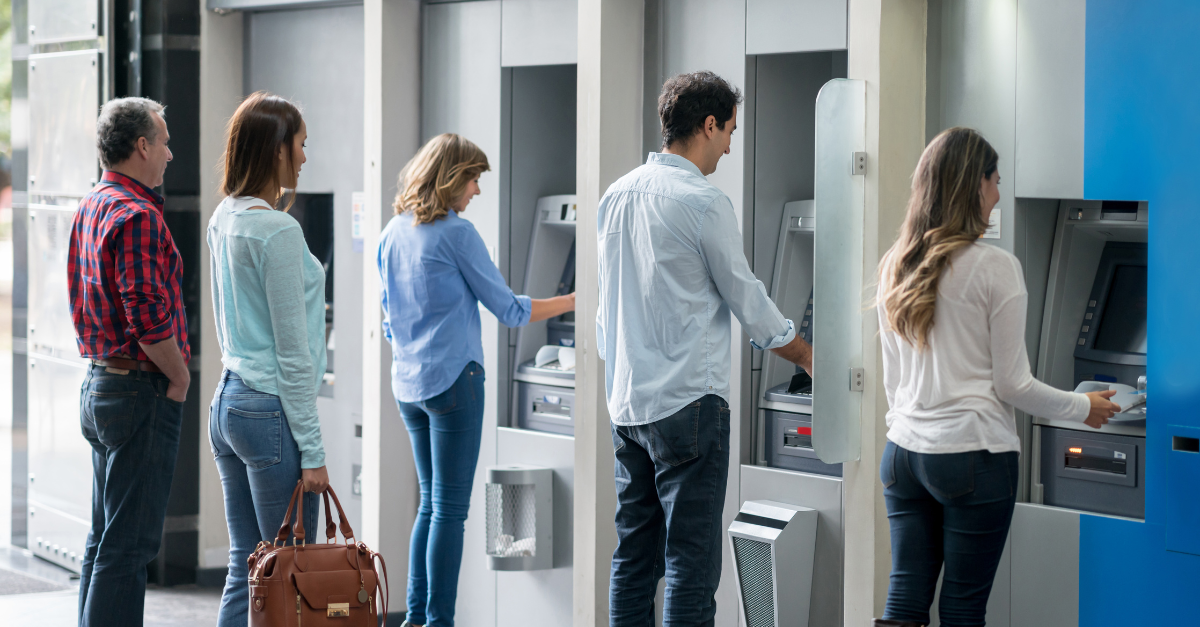
Ce n'est un secret pour personne : le secteur bancaire est en pleine mutation. L'une des évolutions les plus notables concerne les transactions sans numéraire, qui permettent aux clients de gérer leurs transactions financières de manière autonome en utilisant des applications peer-to-peer, des applications bancaires numériques et, bien sûr, des cartes bancaires. Cette évolution est motivée par une demande de commodité, d'efficacité et d'accessibilité 24 heures sur 24 et 7 jours sur 7.
Les transactions sans numéraire sont pratiques, mais il est toujours nécessaire de se rendre à la banque pour les chèques, les demandes de prêt, les relevés bancaires et bien d'autres choses encore. Cependant, en raison de la pandémie, les clients des banques sont de moins en moins enthousiastes à l'idée de parler à un professionnel de la finance en personne. Nous pourrions dire que les banques ont besoin d'un plus grand nombre de kiosques en libre-service, mais cela met en évidence quelque chose qui existe depuis des années : le guichet automatique.
Si les distributeurs automatiques de billets (DAB) ont été la pierre angulaire des services bancaires en libre-service, ils ne sont pas à la hauteur de leur potentiel pour combler le fossé entre les services bancaires en personne et les kiosques en libre-service.
Les limites d'un distributeur automatique de billets standard
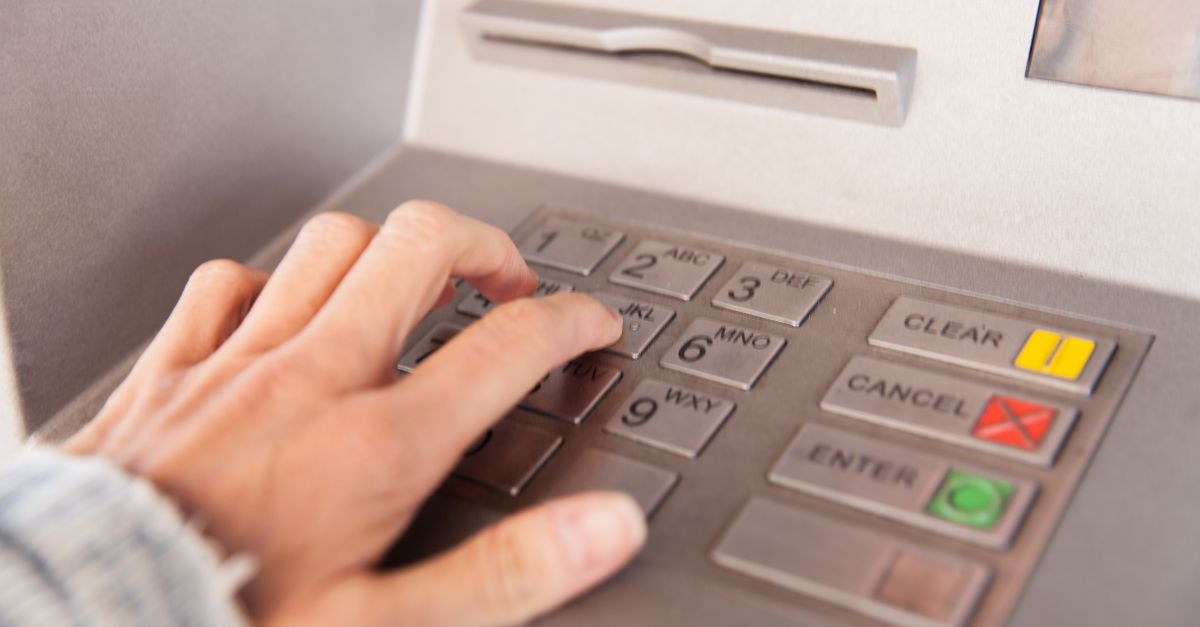
De nos jours, les clients des banques utilisent principalement les guichets automatiques pour effectuer des transactions, sans jamais avoir à mettre les pieds dans une agence. On les voit partout : dans les stations-service, les épiceries, les centres commerciaux, voire à l'extérieur de l'agence bancaire ou dans le hall d'entrée.
Or, les distributeurs automatiques de billets ne servent principalement qu'à deux choses : les retraits d'espèces/de chèques et les dépôts. Comme nous l'avons déjà dit, nous vivons à l'ère des transactions sans argent liquide, et leur nécessité s'amenuise. Sans compter qu'avec , l'essor des applications bancaires, les chèques peuvent être déposés sur un compte en prenant simplement une photo sur un téléphone et en la téléchargeant sur l'application de votre banque. Ainsi, la fonctionnalité d'un guichet automatique devient de plus en plus obsolète au fur et à mesure que la technologie bancaire progresse. En 2019, le nombre de distributeurs automatiques de billets aux États-Unis a atteint un pic de 470 000, mais il n'a cessé de diminuer depuis, tombant à 451 500 à la fin de 2022.
Toutes les autres transactions doivent être traitées par un guichetier au sein d'une agence bancaire, mais même cette petite commodité est en train de diminuer. De nombreux consommateurs préférant effectuer leurs opérations bancaires en ligne, le rôle du guichetier est également en déclin - il devrait diminuer de 15 % d'ici à 2032.
Ainsi, lorsqu'il s'agit de transactions dont les clients ont réellement besoin - comme les chèques personnels, les chèques de banque, les bordereaux de dépôt ou les relevés de compte pour des achats importants ou des événements de la vie tels que l'achat d'une maison ou d'une voiture, la location d'un appartement, la demande d'un certificat de mariage... devraient-ils avoir besoin de prendre rendez-vous avec un professionnel de la finance ?
Examinons la fonctionnalité d'un distributeur automatique de billets typique :
- Retraits d'espèces
- Demandes de solde
- Transferts de fonds entre comptes
- Dépôts de chèques
Ces caractéristiques, bien qu'essentielles, ne représentent qu'une infime partie de ce que les guichets automatiques pourraient offrir. De nombreuses opérations bancaires nécessitent encore de se rendre au guichet, ce qui contredit la promesse de commodité des kiosques en libre-service.
La réponse : Kiosques de libre-service améliorés
Pour révolutionner véritablement les kiosques bancaires en libre-service, les guichets automatiques doivent évoluer au-delà de leurs capacités actuelles. Avec la diminution des transactions aux guichets et des guichetiers eux-mêmes, l'étape logique du libre-service consiste à combiner les transactions aux guichets avec la commodité d'un guichet automatique.
Les distributeurs automatiques de billets peuvent se transformer en guichets automatiques bancaires qui libèrent du temps pour les professionnels de la banque tout en permettant aux clients d'en faire plus eux-mêmes.
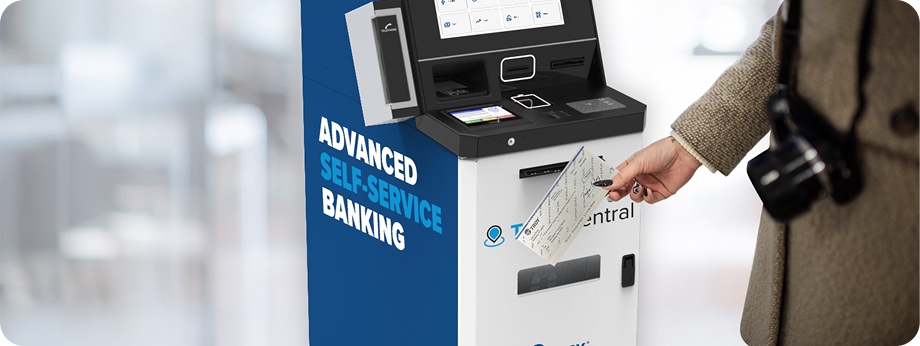
TellerCentral est cette solution. Comme un guichet automatique, TellerCentral permet aux clients de se servir eux-mêmes, mais avec encore plus d'options. Les banques peuvent désormais proposer des kiosques en libre-service qui offrent :
Impression de chèques : En intégrant la fonctionnalité d'impression de chèques tels que les feuilles de chèques, les chèques personnels ou les chèques de banque, les distributeurs automatiques de billets peuvent offrir l'émission immédiate de chèques, ce qui permet de gagner du temps et de réduire l'affluence dans les succursales. TellerCentral est intégré à la technologie d'impression MICR TROY, de sorte que l'impression de chèques est facile, conforme et sécurisée.
Impression de cartes : L'émission instantanée de cartes (ICI) est en train de devenir une pierre angulaire importante pour toute banque, mais l'envoi de nouvelles cartes par la poste n'est pas idéal en raison des risques de fraude par courrier. TellerCentral propose l'impression de cartes sur l'appareil, à la disposition des clients 24 heures sur 24 et 7 jours sur 7.
Paiements de factures et virements : Une interface plus conviviale pourrait rationaliser les paiements de factures et les transferts de fonds, en s'intégrant de manière transparente au compte bancaire en ligne du client.
L'avenir des kiosques en libre-service dans le secteur bancaire
À mesure que la technologie progresse, le potentiel d'élargissement de la gamme de services offerts par les DAB est immense. En intégrant ces fonctionnalités améliorées, les banques peuvent accroître la satisfaction de leurs clients en offrant davantage de services par l'intermédiaire des DAB, qui répondent à la demande croissante de commodité et d'accès rapide aux services bancaires.
En outre, il est possible d'accroître l'efficacité opérationnelle en réduisant la charge de travail du personnel des agences, ce qui leur permet de se concentrer sur des services plus complexes et à valeur ajoutée. En outre, l'amélioration de la sécurité est possible grâce à des guichets automatiques modernes équipés de dispositifs de sécurité avancés, garantissant un environnement sûr et sécurisé pour un plus grand nombre de transactions.
En conclusion, l'évolution vers le libre-service bancaire est une progression naturelle à l'ère du numérique. En élargissant les capacités des distributeurs automatiques de billets, les banques peuvent mieux servir leurs clients, réduire leurs coûts opérationnels et rester compétitives sur un marché qui évolue rapidement. Il est temps que les DAB passent du statut de simple distributeur de billets à celui de centre de services multifonctionnel qui incarne véritablement l'essence du libre-service bancaire.
Visitez notre site web pour en savoir plus sur le TellerCentral.
Articles connexes
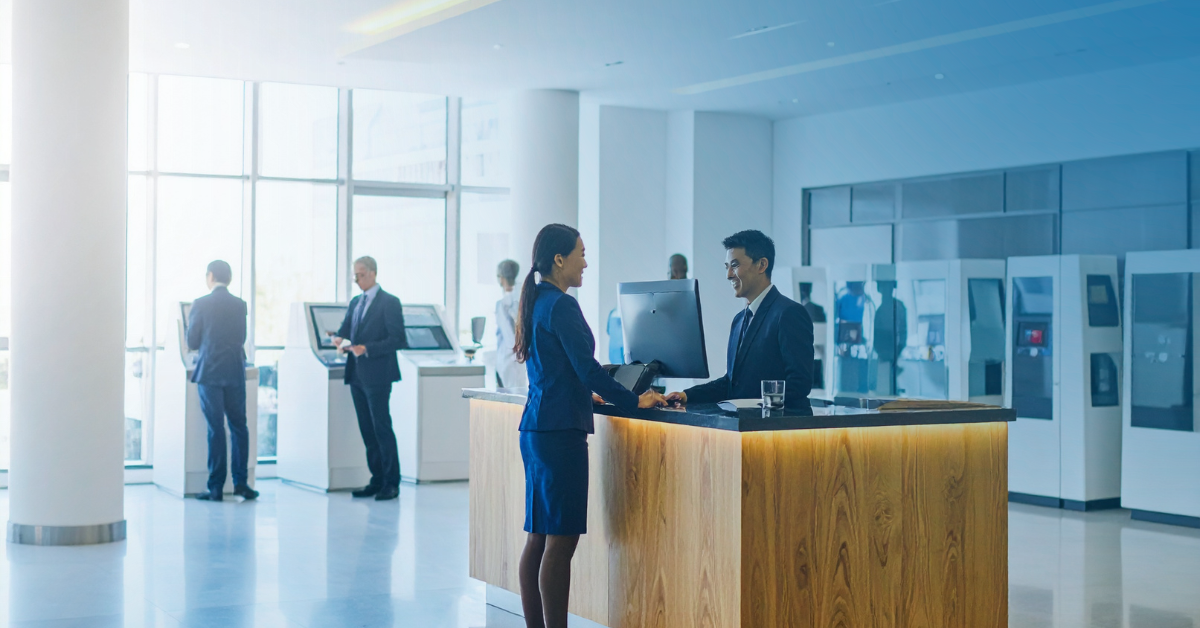
5 questions à poser avant de développer votre succursale avec le libre-service
Si vous êtes un cadre bancaire ou le président d'une petite banque ou d'une coopérative de crédit, vous êtes probablement en train de chercher des moyens pour que votre organisation puisse se développer sans se ruiner sur des...

Votre guide pour choisir le meilleur logiciel d'impression de chèques
Dans le monde rapide des affaires, l'efficacité est essentielle. L'un des domaines où l'efficacité peut avoir un impact significatif est celui de l'impression des chèques et des logiciels d'impression de chèques. En tant que..
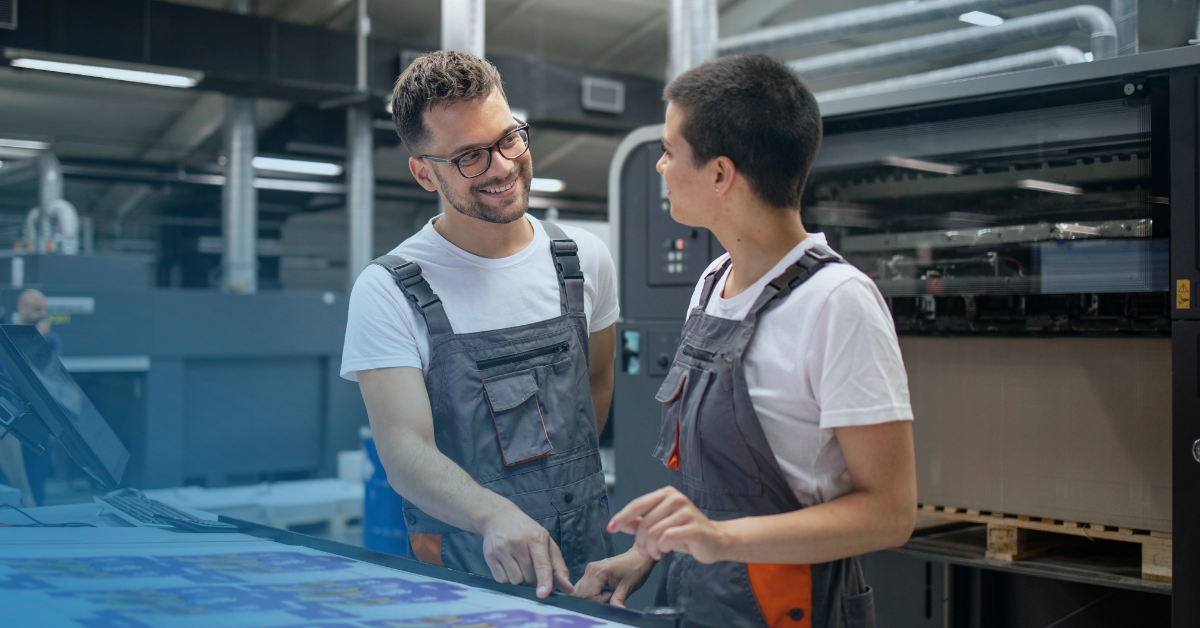
5 avantages de l'impression avec des encres à séchage UV
Dans le secteur de l'impression, la rapidité et la fiabilité revêtent une importance capitale. Les clients veulent que leurs travaux d'impression soient réalisés rapidement et sans risque de dommages ou de bavures. L'entreprise..
Laisser une réponse